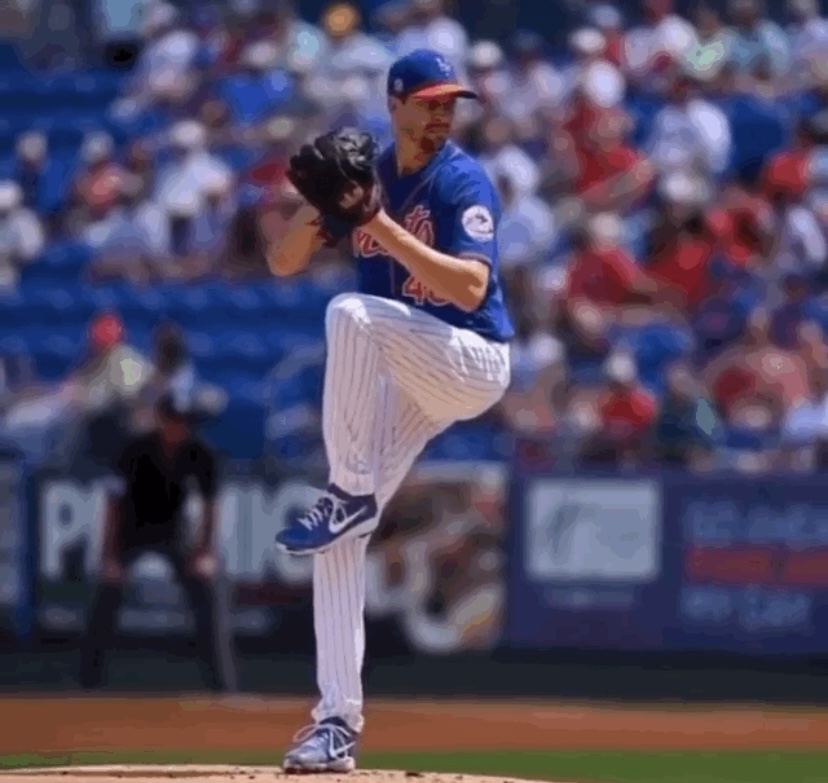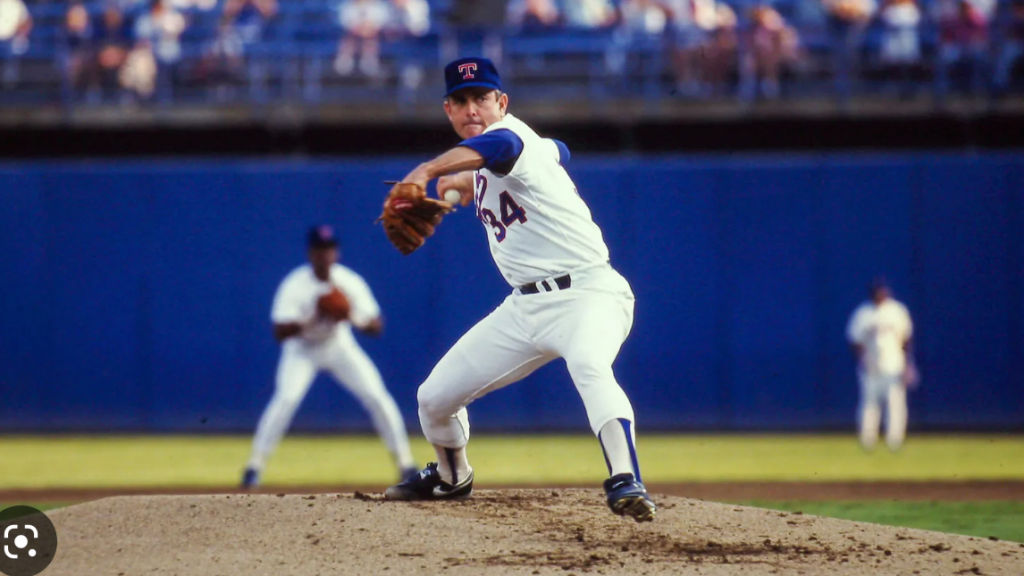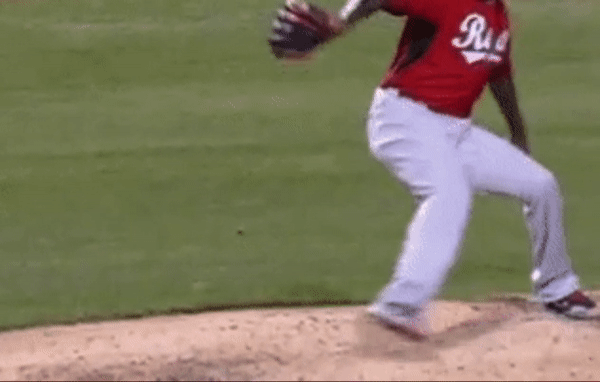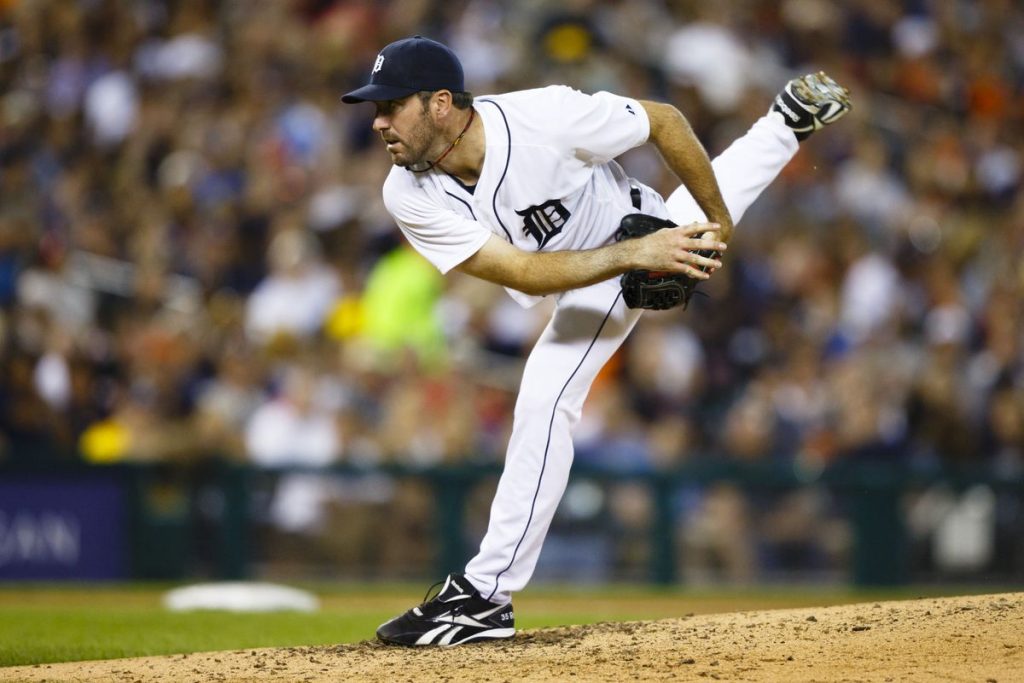
Pitching is one of the most ballistic movements in all sports. Throw in the shoulder joint, the most mobile and unstable joint on the body, and you have what we call a “high-risk” population. So, how can we make pitchers more durable.
First, let’s review what we mean by durability?
The definition of durability is the ability to withstand wear, pressure, or damage.
For a pitcher, this can influence his ability to maintain velo, command and stamina pitch-to pitch, inning-to-inning and game-to-game. Most importantly, it helps keep him primed late in a long season when competition gets heavy, and they’re needed most.
While it is my belief that there is no way to train for durability specifically, I believe that this can be attained by simply training with an efficient year-round protocol to create more mobile, efficient athletes.
There are many different aspects of the training process that can help contribute to getting and KEEPING guys durable and injury free. However, today I’m going to touch briefly on 3 topics that I believe carry much of the weight:
-
- Shoulder / Scapular Stability
- Maximizing lower half mechanics
- Strength & Conditioning… “Give the athlete what they need”
1. Shoulder / Scapular Stability
First the facts!
Most pitchers lack sufficient shoulder IR due to changes to the bone from throwing at a young age (retroversion). Then we throw in sports-specificity from early on, and you have a recipe for overuse and ultimately instability. This instability can cause labral fraying, which almost ALL pitchers have to some degree. The labrum is responsible for up to 50% of the stability in the glenohumeral joint.
This instability unfortunately is the same thing that makes many pitchers with laxity (loose joints) thrive more than others due to the ability to create more external rotation during the cocking phase to generate velocity. So, working on scapular stability for these looser guys who need it, especially subscap strength and improving “firing time” of the cuff can help create better “ball-in-socket” congruency going back into the pre-season.
Band Distractions w/ Perts
Subscap IR Strengthening Drill
Strengthening the mid / lower traps and serratus go a long way in helping upward rotation and protraction to get the arm more efficiently overhead as well. In addition, strengthening subscap will attack anterior stability issues.
2. Maximizing Lower Half Mechanics
Maximizing use of the lower half is pretty much a “no-brainer”. By creating momentum with the larger more powerful muscles of the lower half, we can create a higher velocity ceiling with less of the throw coming from “muscling up” the arm. This goes a long way in not only creating a faster arm action with more whip, but higher velos with less torque on the arm and shoulder.
So, use your legs. Use your lower half. Sounds great but, “what does it mean”? Coaches often cue this as if it’s one single thing. In reality, a proper use of the lower half has 4 different but connected and sequential components.
-
- Drift
- Load
- Drive / Rotate
- Block
Drift – initiating movement of the COM, helps us get into more ideal positions later in the delivery and help delay rotation until a bit later in the delivery.

Load – Loading is really the “first big move” and helps increase the amount of back leg tilt already set up from drifting to increase the amount of forward momentum (speed) towards the plate.

Drive / Rotate – After we have gotten into an optimal position through an efficient Drift and Load, the ball and socket of the hip should be now properly aligned and allow us to rotate our hips toward the plate with little to no force coming from the back leg early in the delivery.

Block – The block or “post-up” happens (or should happen) at the moment the front foot becomes weight-bearing. An important thing to point out is that it’s really more about how quickly the knee is extending rather than the amount or distance of leg extension. This will be different for every athlete based on size and strength.

For more on the proper use of the lower half click here.
3. Strength Training… Give the Athlete What they Need
Let me start by saying that a great year-round strength training program is the #1 thing that helps keep young athletes healthy and directly carries over to the other two factors reviewed earlier.
One of the greatest hidden benefits of strength training that is the ability to slot in arm care that sometimes will otherwise get ignored.
On a different note, finding out what “type of strength training” an athlete needs, as well as what “type of athlete” we have in front of us, is paramount. Simply loading them up with more weight because that’s what you’re supposed to do in the early off-season is not necessarily the best way to get from here to there.
Giving the athlete what they need is key. Let me briefly explain…
Twitchy (cheetahs) – These athletes have a greater plyometric ability. This means they are better at using their stretch-shortening cycle (SSC) . For these athletes we will generally focus more on strength.
Band Res. Split Squat
Stiff (gorillas) – These athletes generally have a better foundation of strength but are less efficient at utilizing the SSC. As a result, we generally will train lighter loads as well as prescribing more plyometric training in their programming.
Trap Bar Jumps
Many times (and I mean MANY), I’ve seen guys gain velocity without making any changes to their throwing programs or throwing mechanics simply by improving weight room strength and power.
If interested in reading more on this topic click here.
See ya’ in the gym…
By Nunzio Signore (Owner at RPP Baseball)
You live too far to train with us in-house at RPP? You can now train with us on a REMOTE basis.


